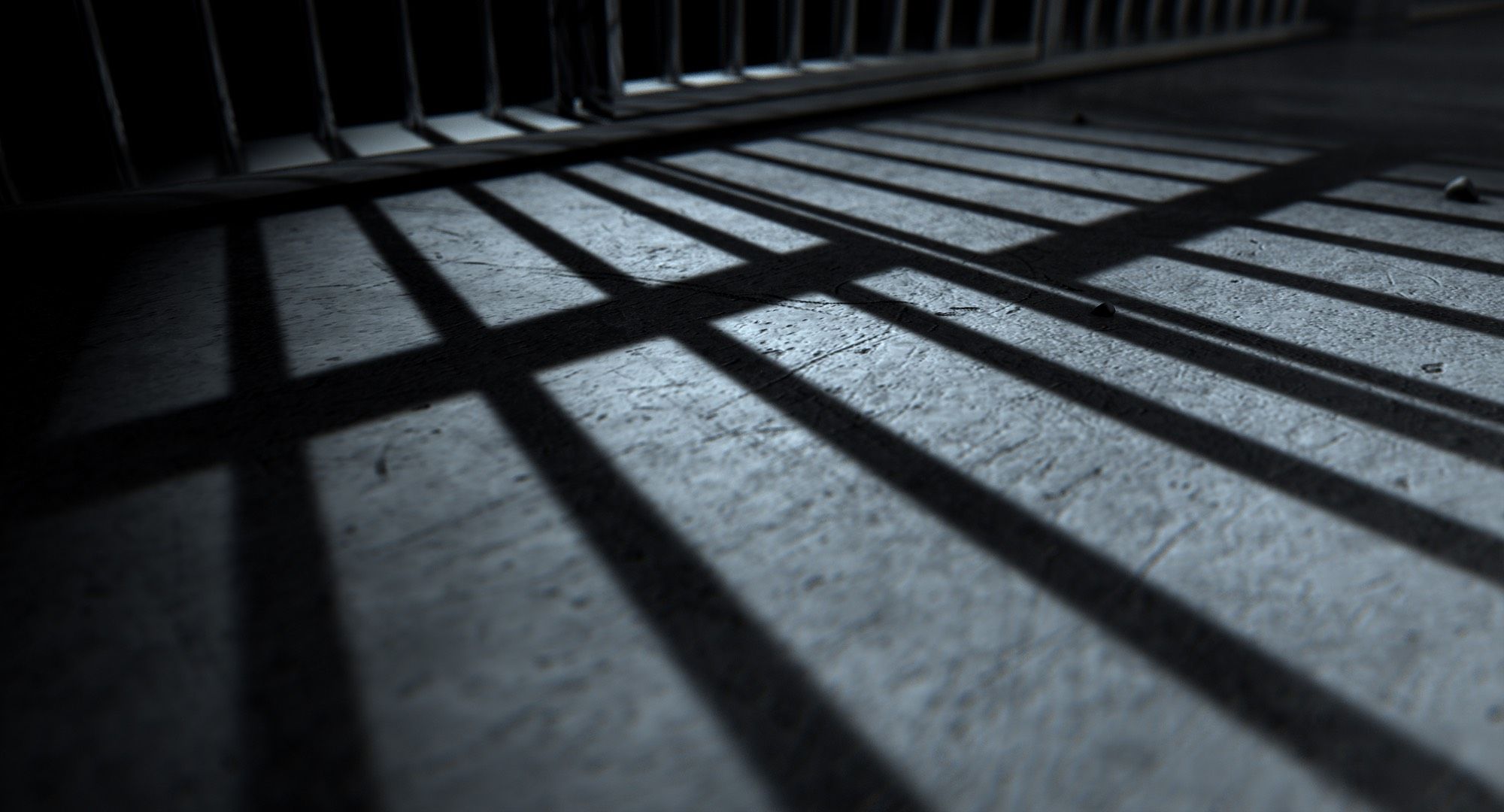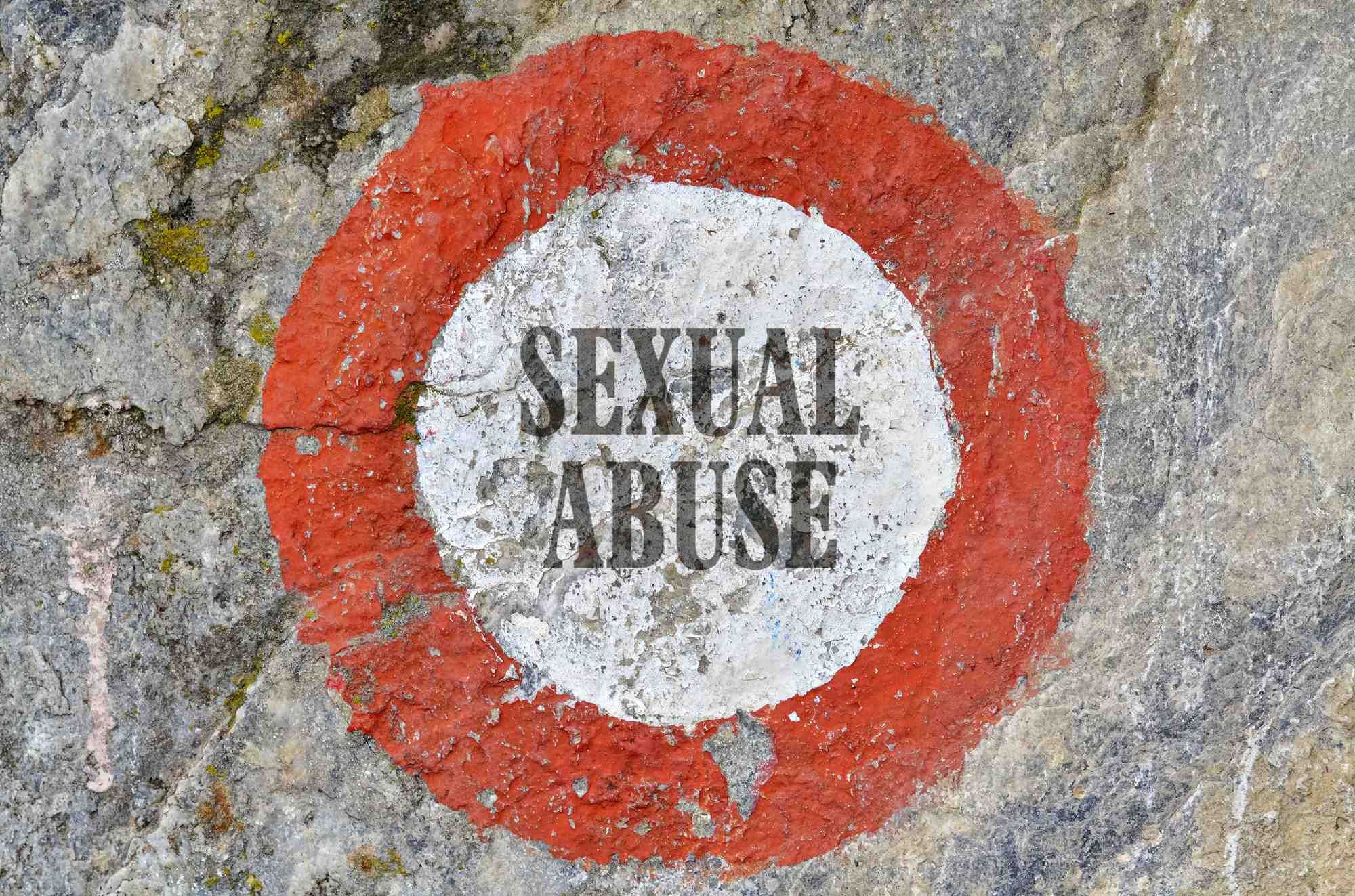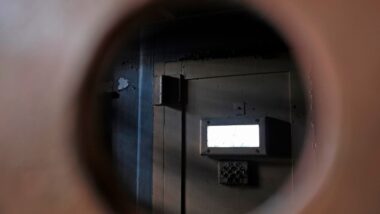Top Class Actions’s website and social media posts use affiliate links. If you make a purchase using such links, we may receive a commission, but it will not result in any additional charges to you. Please review our Affiliate Link Disclosure for more information.
In March 2020, the Ontario Court of Appeal upheld lower court rulings concerning two human rights class action lawsuits that federal inmates should be awarded $40 million in damages for time spent in solitary confinement.
The Court’s decision is groundbreaking; it brings together class action proceedings and Charter claims, and sets the framework for Charter damages. Moreover the case highlights how, in numbers, vulnerable populations, such as inmates, can make their voices heard. The Court of Appeal’s decision provides for a precedent, paving the way for future Charter class action claims.
Background
The Ontario Court of Appeal decision considered two class action lawsuits against the government of Canada for human rights violations. The first case, Brazeau v. Canada, claimed Charter damages on behalf of mentally ill inmates placed in solitary confinement since 1992. The second class action, Reddock v. Canada, requested the same for prisoners placed in solitary confinement in excess of 15 days since 1992.
The solitary confinement class action lawsuits made a key charge against the Corrections and Conditional Release Act (CCRA), in force since 1992. The CCRA permits the administrative segregation of inmates at federal correctional facilities. Administrative segregation is the practice of isolating an inmate to provide security to the inhabitants of the penitentiary, and is a form of solitary confinement. The CCRA also permits staff to place inmates in “disciplinary segregation” if they commit serious offences in prison.
In Brazeau, the class action lawsuit sought damages under the Canadian Charter of Rights and Freedoms, as well as punitive damages, on behalf of Class Members, comprising inmates who were mentally ill and who were in administrative segregation in federal penitentiaries from 1992 to the present.
Importantly, Charter claims can only be brought against federal or provincial government actions for breaches of fundamental freedoms, democratic rights, mobility rights, legal rights, equality rights and language rights. In Brazeau and Reddock, the claimants alleged equality rights violations.
Among the many issues taken up in court, were:
- Whether the government breached Class Members’ rights under s. 7 of the Charter;
- Whether the government breached Class Members’ rights under s. 12 of the Charter;
- Whether the Charter violations were saved by s. 1 of the Charter; and
- Whether damages were available to the class under s. 24 of the Charter.
Section 7 and Solitary Confinement
Section 7 of the Charter provides that everyone has the right to life, liberty and security of the person and the right not to be deprived thereof except in accordance with the principles of fundamental justice.
In first instance, Justice Perell found that the CCRA violated s. 7 of the Charter by failing to provide for an adequate review process for placements in administrative segregation. Additionally, Justice Perell determined that the evidence supported a s. 7 Charter violation with respect to individuals who were involuntarily placed in administrative segregation for over 30 days. The same was found for those who were voluntarily placed in administrative segregation for over 60 days.
Additionally, the human rights violations were not justified or “saved” under section 1, which allows for Charter breaches under reasonable limits prescribed by law.
On the evidence, Justice Perell found that “in practice and in experience there is also no meaningful difference between administrative segregation and disciplinary segregation.” The Court deemed the CCRA to be overbroad and “grossly disproportionate,” because it used solitary confinement on inmates with mental illnesses as well as inmates who committed serious offences while incarcerated.
Section 12 and Solitary Confinement
Section 12 of the Charter provides that everyone has the right not to be subjected to any cruel and unusual treatment or punishment.
The first instance court found that there was cruel and unusual punishment for the mentally ill inmates placed into administrative segregation for over 30 days, or placed voluntarily into administrative segregation for over 60 days.
Just two days after Justice Perell’s decision, the Ontario Court of Appeal pronounced itself in Corporation of the Canadian Civil Liberties Association v. Canada (Attorney General) by striking down certain provisions of the CCRA, and holding that administrative segregation longer than 15 consecutive days constitutes cruel and unusual punishment. This decision would later be considered in the Brazeau and Reddock appeal.
Damages
The government argued that Class Members should not be awarded damages as a remedy for human rights violations under s. 24(1) of the Charter. However, Justice Perell held that in this case, damages to the whole class were justifiable, based upon the need for vindication and deterrence.

In Reddock, the Court granted Charter damages and base level damages for systemic negligence amounting to another $20 million.
In June 2019, Bill C-83, An Act to amend the Corrections and Conditional Release Act and another Act, received royal assent. The new legislation replaces sections 31-37 of the CCRA, and introduces a scheme of “Structured Intervention Units” that provide segregated inmates with four hours a day out of their cells and at least two hours of meaningful human contact. The Structured Intervention Units replace administrative segregation.
The Court of Appeal Weighs in on Charter Damages
This past March, the Court of Appeal upheld the Brazeau and Reddock class action judgments. The Court also took up another key issue, setting a precedent for Charter class action lawsuits to come. The central issue in appeal concerned the availability of damages for Charter breaches. This issue is particularly important for potential class members or individual claimants in human rights Charter cases, because it defines when damages are available for claimants.
The Court underscored that based on jurisprudence, damages are an “appropriate and just remedy,” where they:
- Meaningfully vindicate the rights and freedoms of the claimants;
- Employ means that are legitimate within the framework of Canada’s constitutional democracy;
- Are a judicial remedy which vindicates the right while invoking the function and powers of a court; and
- Are fair to the party against whom the order is made.
According to this framework, Charter cases may warrant damages, as long as they are fair, legitimate and will vindicate the rights and freedoms infringed upon.
However, this framework is not the be-all and end-all in terms of the availability of Charter damages. The Court of Appeal emphasized that one of the issues raised by the government is central to the determination of whether damages are justified, and is “the issue that lies at the heart of this case.”
Here, the Court is referring to the “good governance” issue, namely, where Charter damages would deter state agents from doing what is required for effective governance. Where “good governance” is raised by the government, courts will only allow damages “unless the state conduct meets a minimum threshold of gravity.” This means that, in our case, the imposition of administrative segregation or solitary confinement needs to meet the minimum threshold of gravity, or seriousness. Where the minimum threshold of gravity is not met, the government is entitled to assert immunity using the pretext of good governance.
The Court of Appeal held that the minimum threshold of gravity was met, as administrative segregation of indeterminate duration constitutes “a clear disregard for the claimant’s Charter rights.”
The Court stressed the decades of calls for review on solitary confinement for inmates with mental illness in Canada. On an international scale, the Court of Appeal cited the 15-day cap to solitary confinement as an international standard codified in the United Nations Standard Minimum Rules for the Treatment of Prisoners (the Nelson Mandela Rules), in 2015. The Court further attested to the fact that in international law, there has been a growing recognition of the need to eliminate solitary confinement for prisoners with mental illness due to human rights concerns, and to strictly limit its use for all prisoners for the past 30 years.
The Court of Appeal concluded its decision, stating that the Charter breaches at issue “caused severe harm to very vulnerable people and the state’s conduct has been condemned as being cruel, excessive, abhorrent and intolerable.”
Why Does it Matter?
The first instance and Court of Appeal decisions are landmark cases in terms of human rights class action lawsuits. Both confirm that class action lawsuits may proceed in lockstep with Charter challenges. Additionally, both decisions highlight that courts can decide complex Charter issues and award damages in class proceedings alleging Charter breaches. Consequently, these decisions bring together the policy objectives of class actions and public interest Charter litigation.
Brazeau and Reddock also foretold the future of inmate class action lawsuits. Shortly after the Court of Appeal decision was rendered, federal inmates initiated class action lawsuits against the federal government for Charter rights violations, alleging that Correctional Service Canada failed to mitigate COVID-19 risks in prisons. Time will tell whether Charter damages will be granted in these cases, and whether the new Court of Appeal precedent will be taken into consideration.
Were your Charter rights violated by a federal organization? Do you think that Charter damages should be granted for such violations? Share your thoughts with us in the comment section below!
Read More Lawsuit & Settlement News:
Solitary Confinement Constitutes Cruel and Unusual Punishment Ontario Court Rules
Bell Canada Faces Class Action Over ‘Exorbitant’ Fees for Prison Calls
Mercedes-Benz Canada is Facing a Moldy Air Conditioner Class Action Lawsuit
Canada Roundup Glyphosate Cancer Class Action Lawsuit Investigation
ATTORNEY ADVERTISING
Top Class Actions is a Proud Member of the American Bar Association
LEGAL INFORMATION IS NOT LEGAL ADVICE
Top Class Actions Legal Statement
©2008 – 2024 Top Class Actions® LLC
Various Trademarks held by their respective owners
This website is not intended for viewing or usage by European Union citizens.


















3 thoughts onHuman Rights Class Action Denounces Solitary Confinement
I was placed in seg for almost 3 months till I got released from the fortsaskchwan correction may 4th 2022 they said I wasn’t aloud to talk to other inmates for there safety of other so I spent the the 3 months or longer not able to talk to any one in there i thought they had let you out before they release you the street so that your not get out from being on 23 hour lock up per day I didn’t know how to act when I got out I was messed up from that for a long time and still I’m not right from it I like just stay in my room and not use to being around other people now
I was in Drumheller inst;2010 and was placed in admin seg on 23hour lock up for13 months and had to write ottowa to get me out and put back in GP or transfers ASAP to another inst for a fight I got into; FPS 304146-c.I should be awarded damages for mental anguish ect
Hi I did not see a form to fill out here as I was instructed. My 2 brothers were violated in many ways at the thorold jail. Solitary confinement was one as well as verbal assaults and physical assaults. How can I get justice for them please? Thank you. Diana